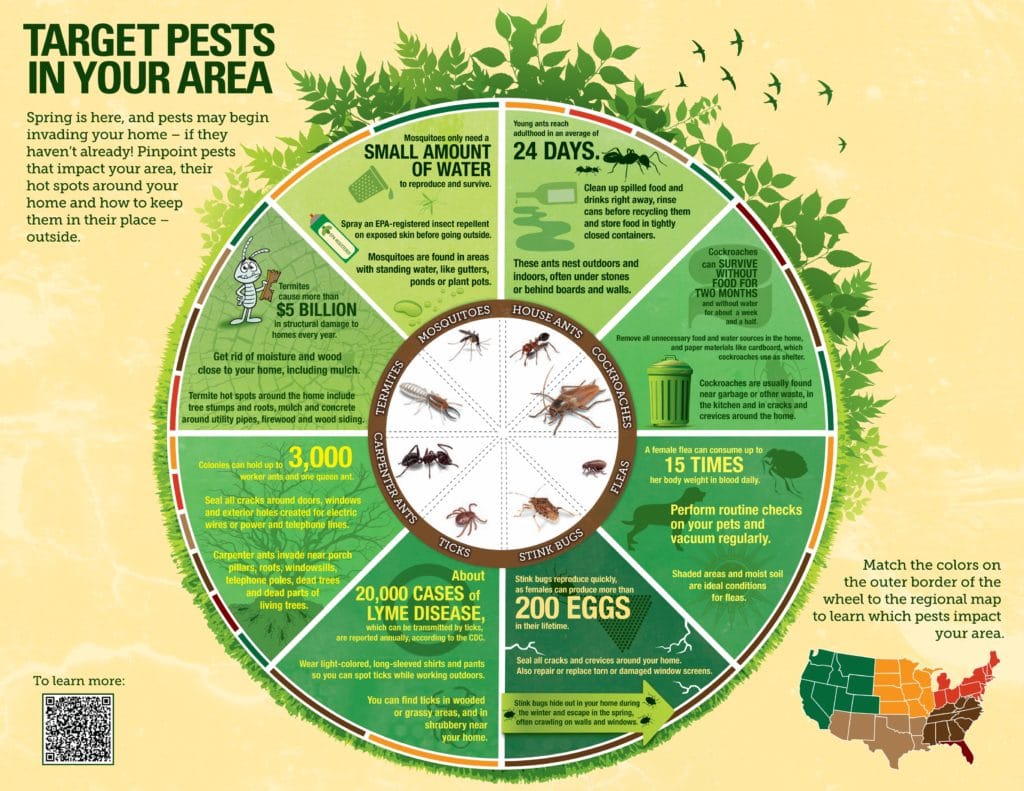Utilize Your Understanding Of Rodent Nesting Behaviors To Outsmart These Pest Management Strategies
Utilize Your Understanding Of Rodent Nesting Behaviors To Outsmart These Pest Management Strategies
Blog Article
Short Article Author-TRUE Avery
When it concerns rodent control, understanding typical rodent behavior is key to efficiently taking care of infestations. Did you understand that rats have some interesting nesting habits that might shock you? By exploring their complex habits, you can obtain important understandings into exactly how to tackle rodent issues in a much more strategic and effective fashion. So, let's decipher the enigmas behind these animals' actions and learn exactly how to outsmart them in your rodent control initiatives.
Rat Nesting Behaviors
When observing rodents in their all-natural environment, you'll notice that they proactively look for products to construct their nests. Rodents, such as mice and rats, are resourceful animals that utilize a range of things like branches, leaves, paper, and material to develop their homes. They're thorough in their nest-building procedure, commonly lining their nests with softer materials like hair or plumes to develop a comfortable atmosphere.
Rodents prefer to construct their nests in surprise and secure places to protect themselves and their young from predators. Common nesting places include wall tooth cavities, attics, basements, and also within insulation materials. By building their nests in these remote locations, rats can securely raise their spawn away from possible dangers.
It is important to understand the nesting behaviors of rats when applying control measures. By recommended site or removing products, you can discourage rats from establishing a presence in your house or building. Appropriate hygiene and sealing entry points are likewise crucial action in avoiding rodent infestations.
Rodent Feeding Patterns
After observing rats' nesting routines, it comes to be obvious that their feeding patterns play an important duty in their daily lives and behaviors. Rodents, including mice and rats, are opportunistic feeders, meaning they'll eat whatever food source is conveniently available. They're largely nocturnal creatures, preferring to forage for food during the cover of night to stay clear of killers.
Rodents have a diverse diet, ranging from grains, seeds, fruits, and veggies to insects, nuts, and even little animals. This flexibility in their food selections allows them to grow in numerous settings, including city locations where human food resources are abundant.
Their feeding patterns aren't only driven by cravings but also by the requirement to stockpile food for times of shortage. This behavior is particularly recognizable in preparation for winter months or when nesting. Rats are understood to hoard food in their nests or burrows, making certain a continuous food supply. Understanding their feeding patterns is essential in applying effective rodent control steps to interrupt their food sources and avoid problems.
Rat Movement and Travel
Rodents navigate their surroundings with agility and stealth, using their eager senses to relocate quickly via their environments. These animals are proficient climbers, able to scale wall surfaces and vertical surface areas effortlessly. They can likewise press via remarkably small openings, making it important to seal off any type of prospective entry factors in your house.
When it pertains to taking a trip, rodents have a tendency to comply with acquainted courses, developing routes along walls or skirting the sides of spaces. They're creatures of habit, often adhering to these established paths as they forage for food or explore their environments.
Rodents are known for their nocturnal behaviors, so you might hear them scurrying about during the night as they search for food and water. Their activities are quick and erratic, permitting them to dart in and out of view in the blink of an eye.
Comprehending exactly how rodents relocate and travel can aid you determine prospective invasion areas in your house and take positive steps to stop these insects from obtaining a grip.
Conclusion
As you work to control rats in your home, keep in mind that comprehending their behavior is essential. By acknowledging their nesting practices, feeding patterns, and movement, you can effectively protect against invasions.
Together, by taking proactive measures to get rid of food sources and seal off entry points, you can disrupt their familiar paths and force them to choose brand-new areas, ultimately decreasing the likelihood of rodent visibility in your living spaces.
